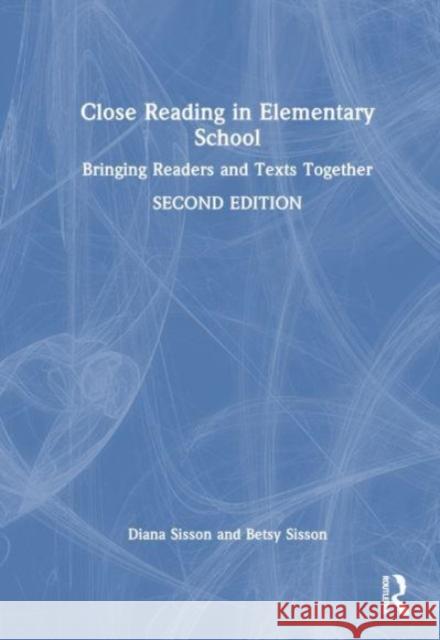Close Reading in Elementary School » książka
topmenu
Close Reading in Elementary School
ISBN-13: 9781032528939 / Twarda / 2024 / 216 str.
Close Reading in Elementary School
ISBN-13: 9781032528939 / Twarda / 2024 / 216 str.
cena 704,38
(netto: 670,84 VAT: 5%)
Najniższa cena z 30 dni: 690,82
(netto: 670,84 VAT: 5%)
Najniższa cena z 30 dni: 690,82
Termin realizacji zamówienia:
ok. 22 dni roboczych
Dostawa w 2026 r.
ok. 22 dni roboczych
Dostawa w 2026 r.
Darmowa dostawa!
This book provides step-by-step strategies and scaffolds for teaching close reading and improving students’ comprehension of complex texts.











